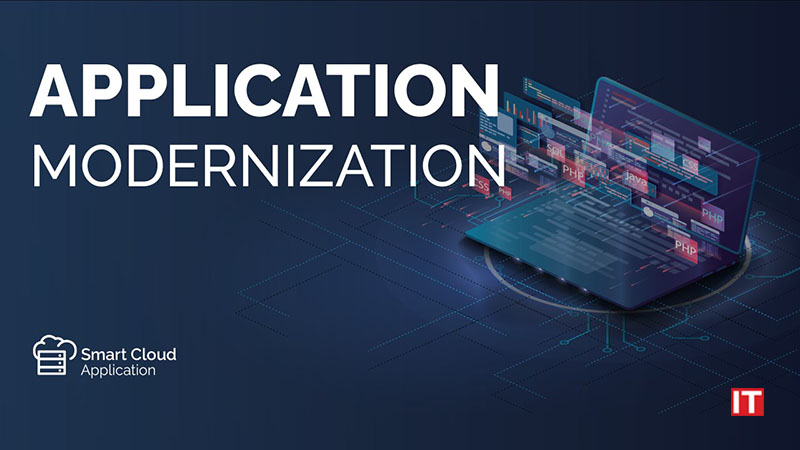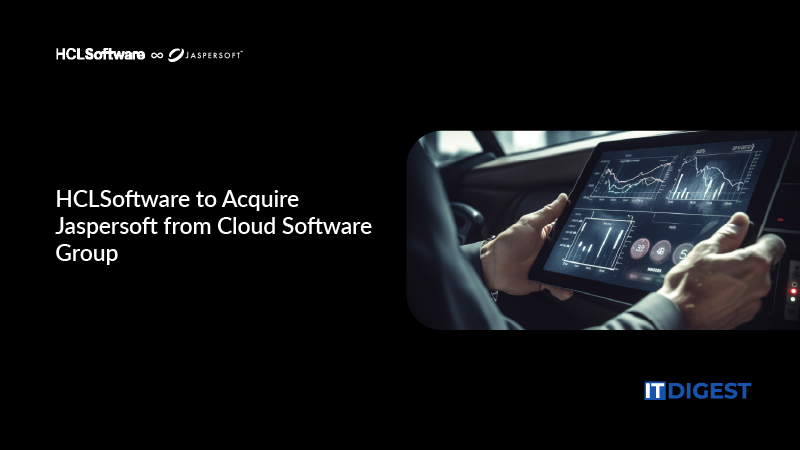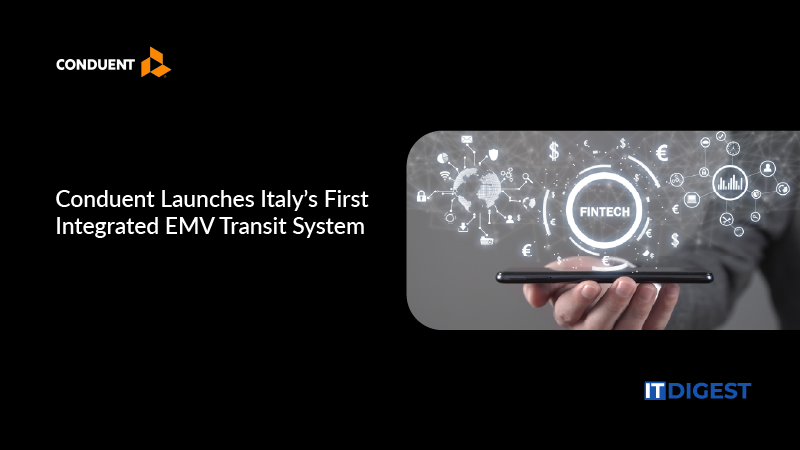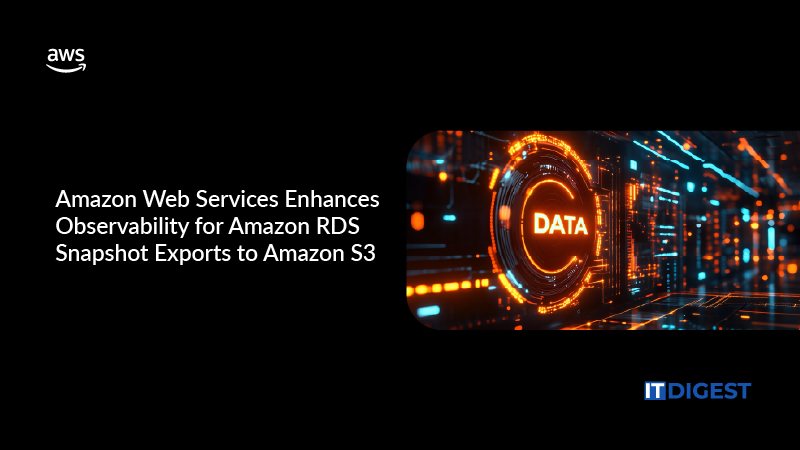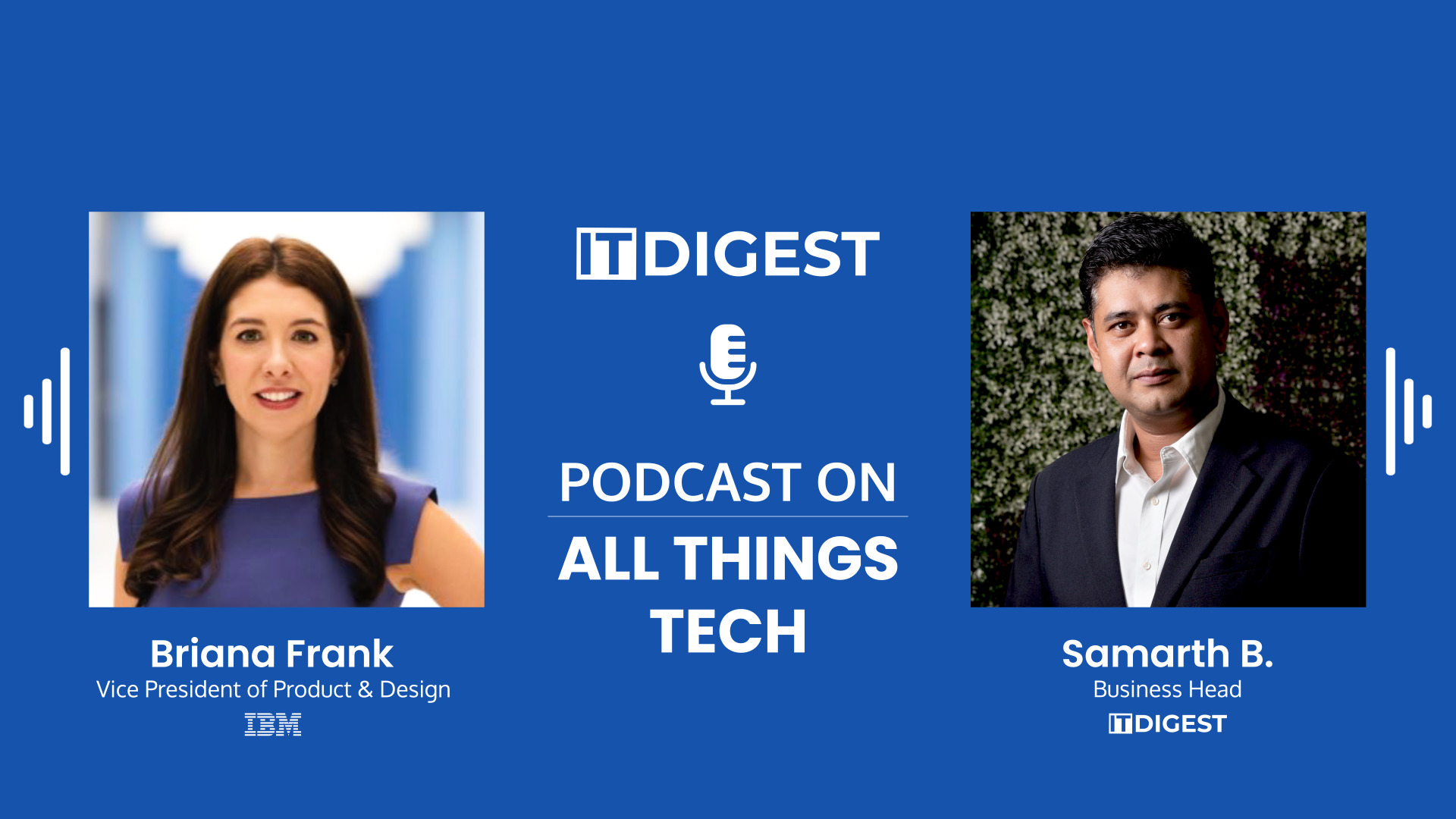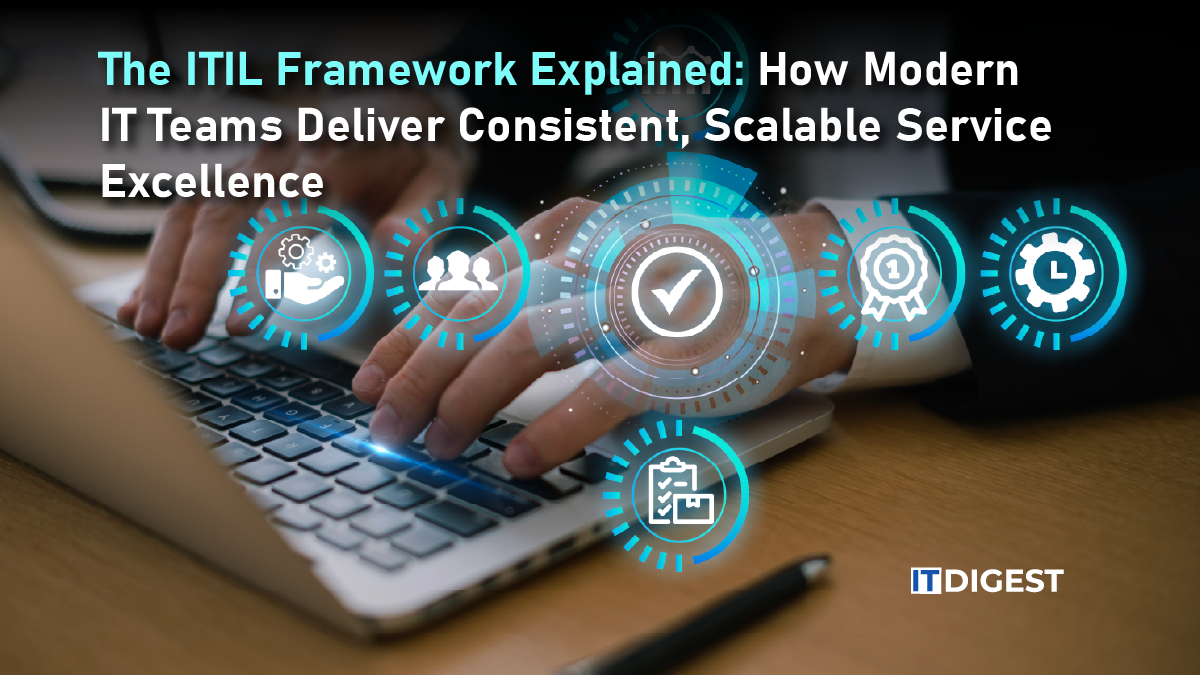Kurrent, the event-native data platform company, has announced KurrentDB 25.1, a breakthrough event-driven development advancement. This new release of KurrentDB brings multi-stream atomic appends and high-performance secondary indexes to the table, solving some of the longest-running event sourcing challenges and bringing it closer to development teams. These improvements not only streamline the development process but also have great significance for the DevOps sector and enterprises that do business in it.
Dissecting the Key Features
Multi-Stream Atomic Appends: Historically, keeping multiple event streams in sync necessitated intricate coordination logic involving patterns such as sagas or process managers. KurrentDB 25.1 bypasses this complexity by enabling developers to append events to multiple streams in an atomic operation. This method provides data integrity between connected entities without the overhead of distributed transactions, simplifying the development process.
High-Performance Secondary Indexes: Secondary indexes help you query event data quickly. They work well with indexed fields, such as event type and category. This feature boosts read performance and reduces storage needs. This makes event-driven architectures faster and more scalable.
What are the Implications for DevOps Industry
Simplifying Distributed Systems Management: Multi-stream atomic appends reduce the need for complex distributed transaction management. DevOps teams can focus on improving deployment pipelines and managing infrastructure. The database layer now ensures consistency more efficiently.
Improved Monitoring: Better queries help DevOps teams explore event streams and system behavior easily. This better observability helps with proactive monitoring. It helps find issues faster and make better choices about system performance and reliability.
KurrentDB 25.1 simplifies CI/CD pipelines. This boost can speed up development cycles. DevOps teams can enjoy shorter testing and deployment cycles, since the database layer enables easier data operations, in line with the objectives of continuous integration and continuous deployment practices.
Also Read: Dataminr to Acquire ThreatConnect: A Strategic Move to Revolutionize Cyber Threat Detection
What are the Wider Business Impacts
Faster Time-to-Market: SAE helps simplify the event sourcing complexities, and thus, companies can create and roll out event-driven apps faster. With the quicker development cycles, companies get the ability to react faster to customer needs and market requirements.
Cost Effectiveness: The performance enhancements and storage improvements provided by KurrentDB 25.1 can result in lower costs of infrastructure. Organizations are able to perform better using fewer pieces of hardware, resulting in cost savings and better utilization of resources.
Scalability and Flexibility: KurrentDB 25.1 helps organizations efficiently scale their event-driven systems. As organizations grow and need more data, a database must scale effectively. It should handle larger loads without losing performance.
Conclusion
KurrentDB 25.1 is a watershed in the development of event-driven development. Through dealing with core challenges and adding features that streamline cumbersome processes, Kurrent has gone far in empowering event sourcing to become a more accessible and efficient practice. In the DevOps space, this release provides systems that optimize system management, monitoring, and deployment techniques. To businesses, the considerations are extensive, with potential for accelerated development cycles, cost benefits, and scalable solutions that can scale up to meet the dynamic demands of contemporary markets.
As businesses further adopt event-driven architectures, such innovations as KurrentDB 25.1 will become instrumental in defining the way forward for software development and operations.




